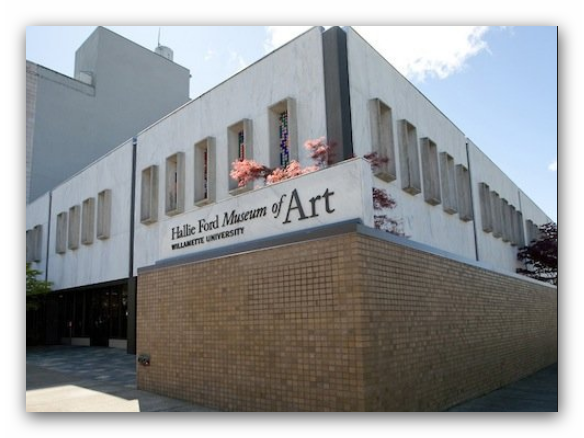Jul 29 2017 - Oct 22 2017
Salem, OR
Organized by anthropologist David Eisler, the exhibition features 24 objects, including sculptures, masks, dance ornaments, utensils, and vessels which he collected in Papua New Guinea in the mid-1970s as he conducted research for his PhD with the University of Oregon.
Director John Olbrantz says, “In 2014, we were thrilled when David donated 29 superb examples of Papua New Guinea art to the Hallie Ford Museum of Art, and most recently, when he agreed to guest curate an exhibition drawn from our Melanesian collection. When added to earlier donations from the Sheldon Jackson College in Sitka, Alaska, and Richard Sundt in Eugene, Oregon, the Hallie Ford Museum of Art has what is arguably the finest collection of Papua New Guinea art in Oregon.”
Papua New Guinea occupies the eastern half of the island of New Guinea and is one of the most geographically and culturally diverse countries in the world with over 850 languages. The objects in this exhibition offer a glimpse into a culture that has gone from isolated small-scale communities with a stone tool technology to those that are connected by roads, airplanes, and the internet, to the contemporary Western world. Much has changed over the centuries but many of the core values and beliefs that are represented in the exhibition continue to underlie activities and interactions of Papua New Guineans today.
In Papua New Guinea, traditional religions play a central role in daily life and are often based on animism, a worldview that regards objects, places, and creatures as possessing spiritual qualities. The assistance of spiritual powers is felt to be necessary for success in all activities: from feasts, exchanges, and dance ceremonies to gardening, hunting, trade, and warfare.
Many of the objects contain visible references to spiritual powers, mythological or ancestral figures, or totemic animal representations of a clan’s connection to a mythic animal hero. These elements are meant to endow the works with a deep sense of power that seeks to control the environment through ritual.
Credit: Exhibition overview from museum website
Exhibition Venues & Dates
Jul 29 2017 - Oct 22 2017
Salem, OR
